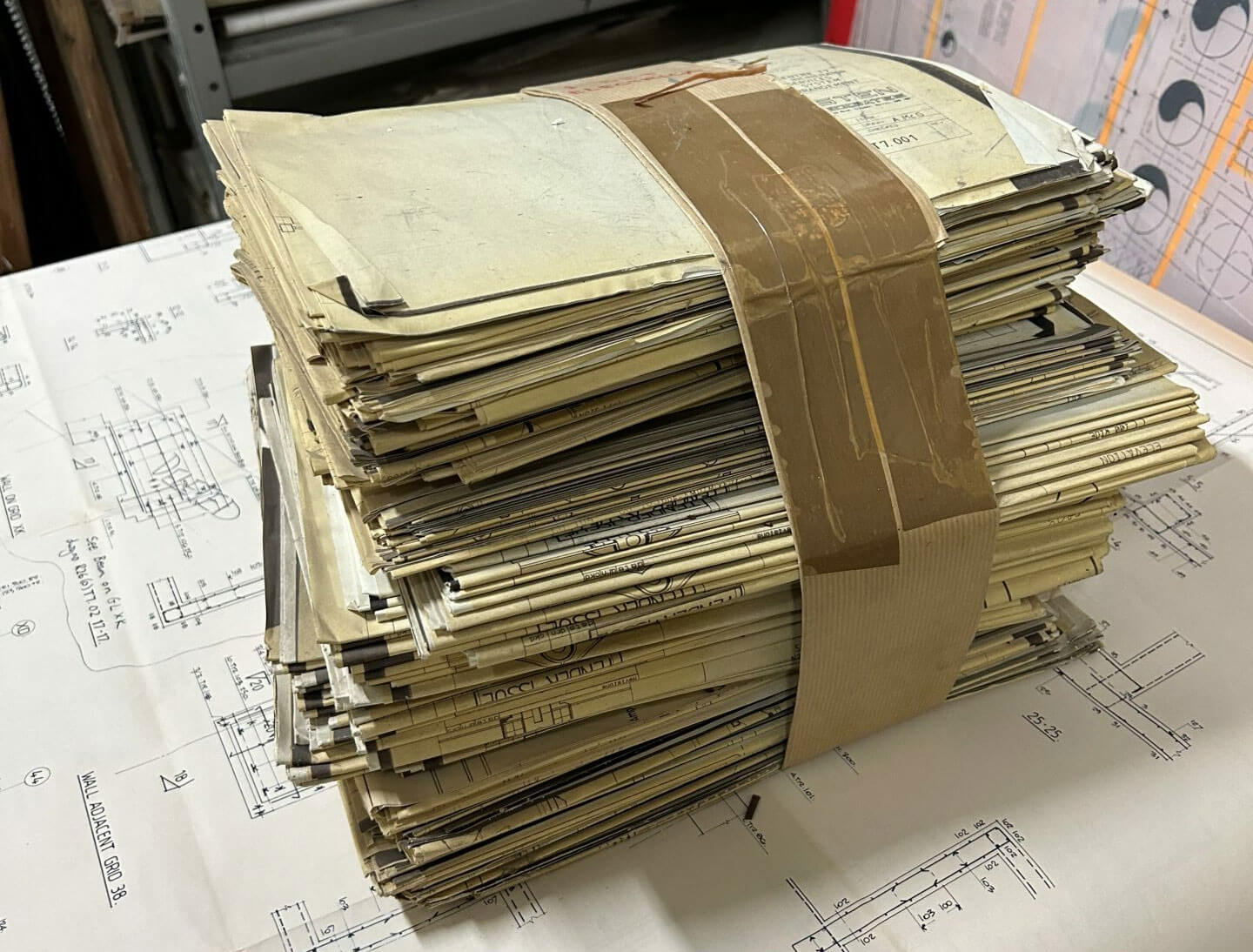The 3 Main Disadvantages of Storing Legacy Paper Documents
Summary
For years, businesses have relied on storing important documents physically, but this approach has numerous disadvantages that can hinder operations and expose companies to various risks. Paper documents are prone to damage, degradation, and loss. Additionally, with remote work becoming the norm, paper records are hard to access and can slow down workflows. Here, we break down the three main disadvantages of storing legacy paper documents—and how moving to digital can help mitigate these issues.

Time and Space Consuming
Paper documents require considerable storage space, and once they begin to accumulate, it’s challenging to keep them under control. Filing cabinets and other storage furniture can quickly fill up valuable office space, limiting options and even increasing costs if extra storage or expansion becomes necessary.
On top of this, maintaining a paper-based filing system demands a lot of employee time. Staff members need to file, copy, organise, and manage physical documents—a process that can be slow and tedious. In an era where time is money, inefficient document storage can cost your business significantly. By contrast, digital files are quick to search, instantly accessible, and don’t require any physical space, making them a far more practical choice for modern businesses.
Reduced Accessibility
Besides consuming time and space, paper storage also limits document accessibility. For businesses with remote workers or multiple office locations, depending on physical documents can be a major obstacle. Employees may struggle to access key files when needed, creating information gaps that slow down productivity and lead to disruptions.
Even for employees on-site, retrieving physical records can be inefficient. Paper files are often poorly organised or become misfiled over time, leading to hours of wasted effort. During time-sensitive situations, relying on paper records can mean employees are left scrambling to locate crucial information. Moving to a digital filing system ensures easy access for all team members, regardless of location, and significantly reduces the time needed to find and retrieve important documents.
Risk of Physical Damage and Security Breaches
Physical documents are constantly at risk from environmental threats such as fire, flooding, and natural wear and tear. The potential for damage is ever-present, putting critical business information at risk. Once paper records are damaged, they are often expensive, difficult, or even impossible to replace, which can lead to significant setbacks.
Security is another serious concern. Paper records stored on-site can be accessed by unauthorised personnel, and sensitive documents may be lost or stolen. Physical document storage lacks the advanced security features that digital solutions provide, leaving businesses vulnerable to data breaches and information leaks. Digitising your records not only protects them from physical harm but also offers enhanced security measures, such as encryption and controlled access, to keep information safe.
The Alternative: Digitisation with TDS
On-Site paper document digitisation is a crucial process for businesses in both the public and private sectors. We work with businesses to scan, improve and protect your documents.
TDS’ high-speed scanners will quickly convert your legacy paper documents from physical to digital. Following this, we utilise our expertise in documentation to intelligently name, save and structure these documents to create a more accessible and intuitive system for your business going forward. Pairing this with Property Rationalisation can lead to a streamlined, efficient approach to filing and documentation, with all relevant information at your fingertips.
Investing in a proper paper document digitisation scheme can help your business to avoid the disadvantages of storing physical documents, avoid wasted space, the risks of damage and the weakness that limited accessibility can bring to your business.